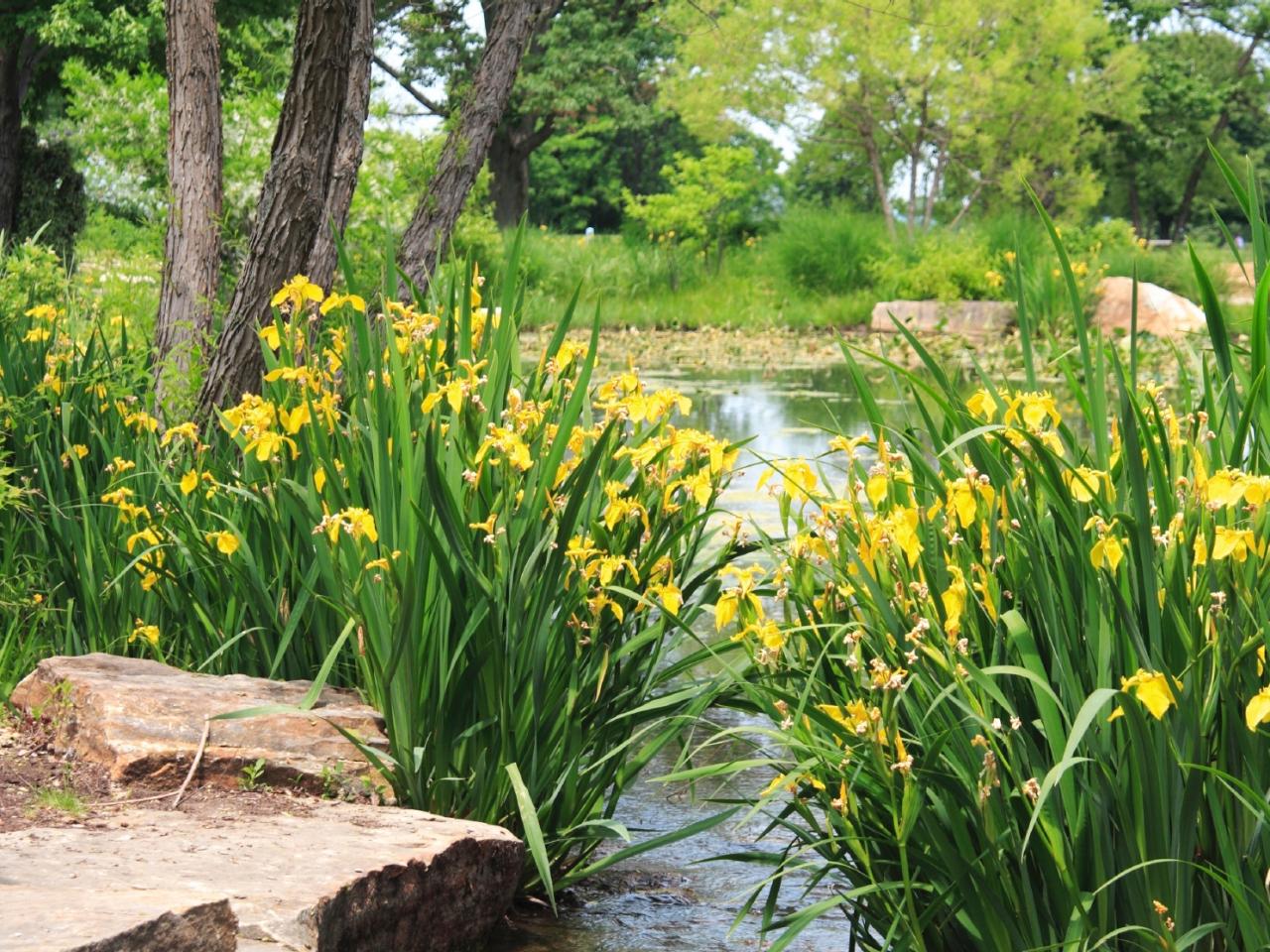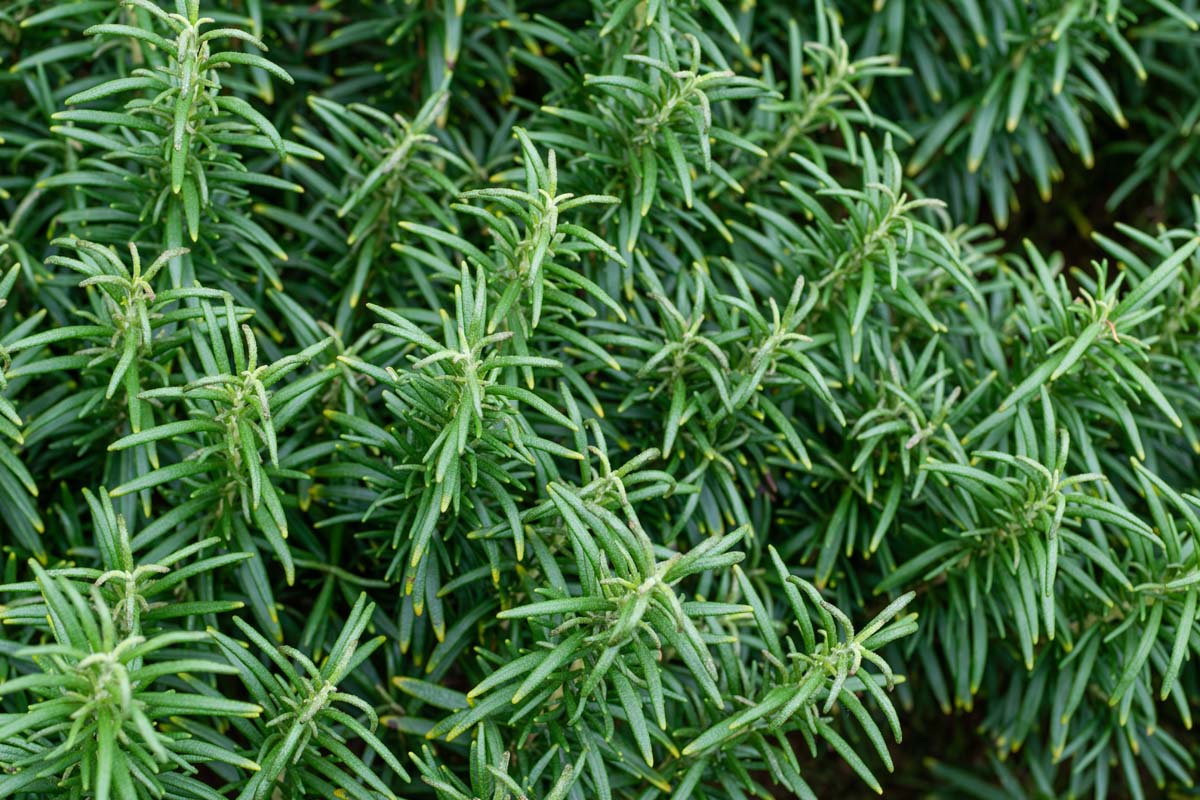Home>Gardening Basics>Understanding Soil>What Type Of Soil Does Hydrangeas Like


Understanding Soil
What Type Of Soil Does Hydrangeas Like
Published: February 11, 2024
Discover the ideal soil for hydrangeas and how to understand soil types to ensure optimal growth and blooming. Learn about the best soil for hydrangeas.
(Many of the links in this article redirect to a specific reviewed product. Your purchase of these products through affiliate links helps to generate commission for Chicagolandgardening.com, at no extra cost. Learn more)
Table of Contents
Introduction
Hydrangeas are renowned for their stunning, voluminous blooms and their remarkable ability to thrive in various climates. Whether adorning a garden, walkway, or patio, these versatile shrubs add a touch of elegance to any landscape. However, to ensure their optimal growth and the vibrant display of their iconic blooms, it is crucial to understand the type of soil that hydrangeas prefer.
The soil serves as the foundation for the health and vitality of hydrangeas, dictating their growth, nutrient uptake, and overall well-being. By comprehending the specific soil conditions that hydrangeas favor, gardeners can cultivate an environment in which these beautiful shrubs can flourish.
In this comprehensive guide, we will delve into the intricacies of soil preferences for hydrangeas, exploring the ideal soil composition, pH levels, and essential amendments. By the end of this article, you will have gained valuable insights into creating the perfect soil environment for your hydrangeas, enabling you to nurture these captivating plants and revel in their resplendent beauty.
Understanding Hydrangeas
Before delving into the specifics of soil preferences, it is important to develop a deeper understanding of hydrangeas. These beloved flowering shrubs belong to the Hydrangeaceae family and encompass a diverse array of species, each possessing its own unique characteristics. Hydrangeas are revered for their large, showy blooms, which range in color from vibrant blues and purples to soft pinks and whites, adding a mesmerizing allure to gardens and landscapes.
One of the most intriguing features of hydrangeas is their fascinating ability to change color based on the pH level of the soil. This captivating phenomenon allows gardeners to manipulate the bloom color by adjusting the soil’s acidity or alkalinity, adding an element of artistry to horticultural endeavors.
Hydrangeas thrive in various climates, with different species exhibiting differing levels of cold and heat tolerance. Understanding the specific species and cultivars of hydrangeas in your possession is crucial for tailoring the soil conditions to their unique requirements. Whether you have the classic mophead hydrangea (Hydrangea macrophylla), the delicate lacecap hydrangea (Hydrangea serrata), or the breathtaking oakleaf hydrangea (Hydrangea quercifolia), each variety demands particular care and soil considerations.
By comprehending the diverse nature of hydrangeas and recognizing the impact of soil on their growth and blooming patterns, gardeners can embark on a rewarding journey of nurturing these enchanting shrubs. Armed with this knowledge, you are poised to create an environment that is conducive to the flourishing of your hydrangeas, allowing them to thrive and grace your outdoor spaces with their resplendent beauty.
Ideal Soil Conditions for Hydrangeas
Hydrangeas thrive in soil that offers a delicate balance of moisture, nutrients, and texture. The ideal soil for hydrangeas is well-draining, ensuring that excessive water does not accumulate around the roots, which can lead to rot and other detrimental conditions. At the same time, the soil should retain sufficient moisture to sustain the shrub during dry spells, especially in warmer climates.
When it comes to texture, hydrangeas prefer loamy soil, which offers a harmonious blend of sand, silt, and clay. Loamy soil provides aeration for the roots while retaining the necessary moisture and nutrients, creating an optimal environment for the shrub to thrive. Additionally, the soil should be rich in organic matter, which enhances its fertility and supports the vigorous growth of hydrangeas.
Another crucial factor in the ideal soil conditions for hydrangeas is the pH level. Most hydrangeas prefer slightly acidic to neutral soil, with a pH range of 5.5 to 6.5. However, the specific pH requirements can vary among different hydrangea species and cultivars, influencing the color and overall health of the blooms. Understanding the pH preferences of your particular hydrangea variety is essential for creating an environment that encourages vibrant and robust growth.
Furthermore, the soil should be free from compaction, allowing the roots to spread and establish themselves effectively. Compacted soil can impede root development and hinder the uptake of essential nutrients, compromising the overall health and vitality of the hydrangea.
By cultivating soil that fulfills these criteria, gardeners can provide an optimal foundation for their hydrangeas, promoting vigorous growth, abundant blooms, and the overall well-being of these captivating shrubs.
Testing Your Soil
Before embarking on the journey of nurturing hydrangeas, it is imperative to assess the existing soil conditions in your garden or landscape. Conducting a soil test enables you to gain valuable insights into the pH level, nutrient content, and overall composition of the soil, empowering you to make informed decisions regarding amendments and adjustments.
There are several methods for testing soil, ranging from DIY home test kits to professional laboratory analyses. Home test kits typically provide a quick and affordable means of evaluating the soil’s pH level, offering a preliminary understanding of its acidity or alkalinity. However, for a more comprehensive assessment encompassing nutrient levels and specific recommendations for soil amendments, engaging a professional soil testing service is advisable.
When testing your soil for hydrangeas, pay particular attention to the pH level, as this factor significantly influences the color and health of the blooms. Different hydrangea species and cultivars exhibit varying responses to soil pH, with some producing blue flowers in acidic soil and pink flowers in alkaline soil. By understanding the current pH status of your soil, you can tailor your soil management practices to achieve the desired bloom color and support the overall well-being of your hydrangeas.
Additionally, soil testing provides insights into the nutrient levels present in the soil, highlighting any deficiencies or excesses that may impact the growth and vitality of hydrangeas. By addressing these nutrient imbalances through targeted amendments, you can create an environment that fosters robust growth, lush foliage, and abundant blooms.
Regular soil testing is a proactive measure that empowers gardeners to adapt their soil management practices in response to changing conditions and the evolving needs of their plants. By staying attuned to the soil’s composition and characteristics, you can optimize the growing environment for your hydrangeas, ensuring their sustained health and vibrancy.
Adjusting Soil pH for Hydrangeas
Given the significant influence of soil pH on the growth and bloom color of hydrangeas, it is essential to understand how to modify the pH level to suit the specific preferences of these captivating shrubs. Whether aiming for vivid blues, soft pinks, or any hue in between, adjusting the soil pH empowers gardeners to orchestrate a stunning display of hydrangea blooms.
For gardeners seeking to cultivate blue blooms on their hydrangeas, acidic soil with a pH range of 5.2 to 5.5 is optimal. This acidity encourages the uptake of aluminum by the plant, resulting in the iconic blue coloration of the flowers. To achieve or maintain this acidic environment, incorporating amendments such as elemental sulfur, aluminum sulfate, or pine needle mulch can effectively lower the soil pH, creating an ideal setting for the development of blue blooms.
Conversely, for those desiring pink or red blooms, slightly alkaline soil with a pH range of 6.0 to 6.2 is favorable. This higher pH level inhibits the uptake of aluminum, leading to the expression of pink or red hues in the hydrangea flowers. To raise the soil pH and foster these warm-toned blooms, garden lime or wood ash can be added to the soil, gradually increasing its alkalinity and steering the coloration of the hydrangea blooms accordingly.
It is important to note that the process of adjusting soil pH should be approached gradually and judiciously, as abrupt and drastic changes can shock the plant and disrupt its growth. Regular monitoring of the soil pH, especially during the growing season, allows for incremental adjustments, ensuring a balanced and stable environment for the hydrangeas.
Furthermore, it is advisable to focus on the root zone when applying pH-modifying amendments, as this area directly influences the plant’s ability to absorb nutrients and respond to changes in soil pH. By targeting the root zone with precision and care, gardeners can effectively tailor the soil pH to meet the specific needs of their hydrangeas, fostering an environment that promotes healthy growth and the manifestation of vibrant, captivating blooms.
Best Soil Amendments for Hydrangeas
Enhancing the soil with targeted amendments is instrumental in creating an optimal growing environment for hydrangeas. By fortifying the soil with essential nutrients, improving its structure, and adjusting its pH, gardeners can promote the health, vigor, and blooming prowess of these beloved shrubs.
Organic matter, such as compost and well-rotted manure, serves as a valuable soil amendment for hydrangeas, enriching the soil with vital nutrients and fostering a favorable environment for beneficial microorganisms. The incorporation of organic matter enhances soil fertility, promotes moisture retention, and supports the development of robust root systems, ultimately contributing to the overall well-being of the hydrangeas.
In addition to organic matter, incorporating a balanced fertilizer formulated specifically for acid-loving plants can provide hydrangeas with the essential nutrients they require for vigorous growth and prolific blooming. These specialized fertilizers typically contain a blend of macronutrients and micronutrients, including nitrogen, phosphorus, and potassium, tailored to meet the specific needs of acid-loving plants such as hydrangeas.
For soils that require improvement in drainage and aeration, the addition of perlite or coarse sand can help alleviate compaction and enhance the soil’s structure, creating a more hospitable environment for the development of healthy root systems. These amendments facilitate the movement of air and water within the soil, mitigating the risk of waterlogged conditions and promoting optimal root function.
To address specific pH requirements for achieving desired bloom colors, elemental sulfur and aluminum sulfate are valuable amendments for lowering the soil pH to encourage blue hydrangea blooms. Conversely, garden lime can be utilized to raise the pH and promote pink or red bloom coloration. When applying these pH-modifying amendments, it is essential to do so judiciously, gradually adjusting the soil pH to avoid shocking the plants.
Ultimately, the selection and application of soil amendments for hydrangeas should be guided by a comprehensive understanding of the existing soil conditions, the specific needs of the plants, and the desired outcomes. By customizing the soil environment through strategic amendments, gardeners can create an idyllic setting that nurtures the growth and splendor of their cherished hydrangeas.
Conclusion
Understanding the intricate relationship between hydrangeas and soil is paramount for fostering the optimal conditions in which these captivating shrubs can flourish. By delving into the ideal soil composition, pH considerations, and essential amendments for hydrangeas, gardeners gain valuable insights into nurturing these beloved plants to their fullest potential.
Hydrangeas, with their resplendent blooms and diverse species, add an enchanting allure to gardens and landscapes. Their remarkable ability to respond to soil pH, resulting in an array of captivating bloom colors, offers a delightful opportunity for artistic expression in horticultural endeavors. By embracing the art and science of soil management, gardeners can orchestrate a stunning display of hydrangea blooms, ranging from vivid blues to soft pinks, in accordance with their soil’s pH level.
Testing the soil and adjusting its pH, when necessary, empowers gardeners to create an environment that is tailored to the specific needs of their hydrangeas, promoting robust growth and abundant blossoms. The strategic incorporation of organic matter, specialized fertilizers, and soil structure-enhancing amendments further enriches the soil, providing the necessary nutrients, fostering aeration, and optimizing moisture retention for the benefit of the hydrangeas.
As gardeners embark on the rewarding journey of cultivating hydrangeas, they are encouraged to approach soil management as a dynamic and evolving practice, responsive to the ever-changing needs of the plants. Regular soil testing, attentive observation, and thoughtful adjustments enable gardeners to fine-tune the soil environment, ensuring that it remains conducive to the sustained health, vigor, and blooming splendor of their cherished hydrangeas.
By embracing the art and science of soil management, gardeners can create an idyllic setting in which hydrangeas thrive, gracing outdoor spaces with their captivating beauty and enchanting presence. Through a harmonious union of soil stewardship and horticultural passion, gardeners can revel in the resplendent displays of hydrangea blooms, celebrating the wondrous interplay between these magnificent shrubs and the nurturing soil that sustains them.





